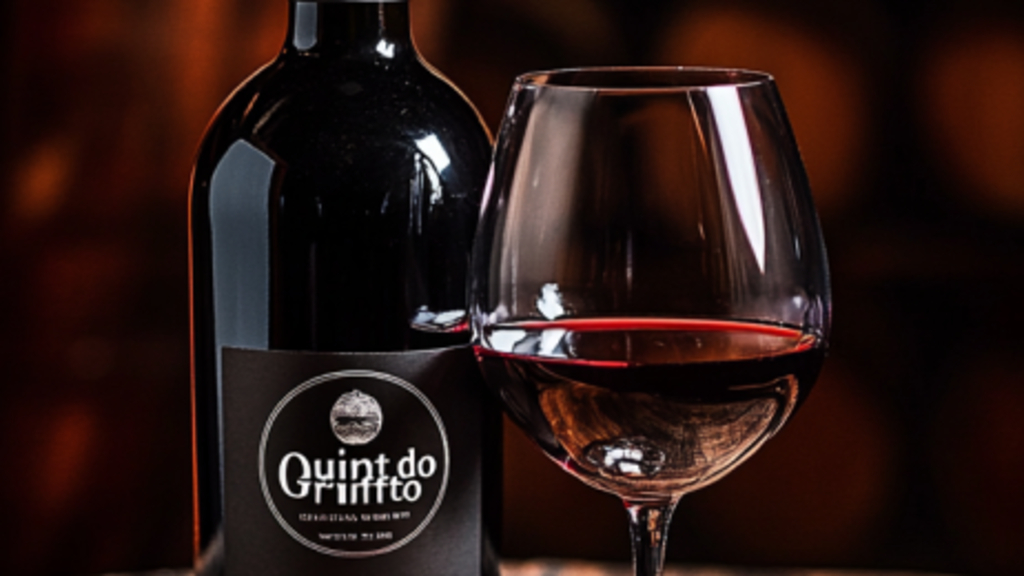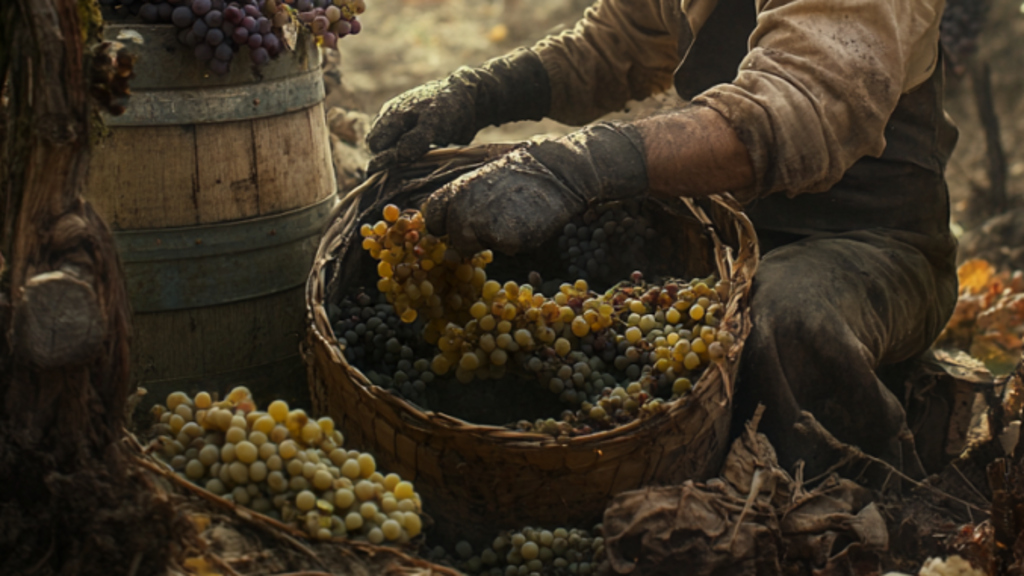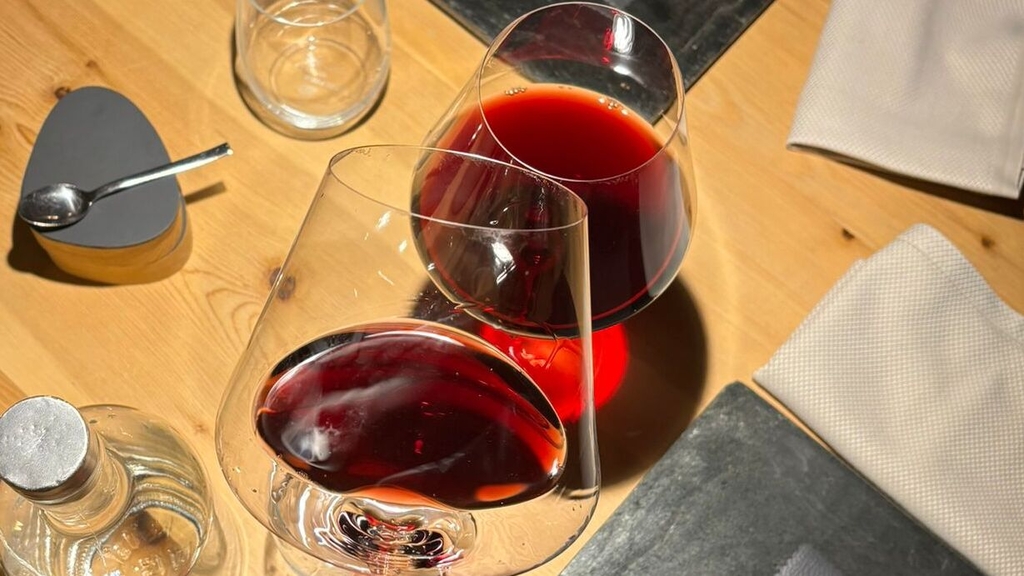Fortified Wines: Everything You Need to Know
What exactly are Fortified Wines?

Fortified wines differ from others not only in their taste but primarily in the production process itself. Let's take a look at this process and the fascinating history behind these wines.
What Are Fortified Wines?
Fortified wines are typically sweet, though some are dry, and they usually have an alcohol content between 15% and 22%. These wines are created by adding neutral alcohol (most often brandy) to the base wine during the fermentation process. This addition of alcohol during fermentation gives the wine its unique character.
The technique has a centuries-old tradition and was initially developed for a practical purpose: the increased alcohol content in fortified wines made them more durable and less sensitive to temperature fluctuations, which made them ideal for long sea voyages.
How Are Fortified Wines Made?
Both red and white wines can be fortified. The process begins with the fermentation of the base wine, during which yeast converts the sugar in the grapes into alcohol. The style of the fortified wine is determined by the point at which neutral alcohol is added:
- Early Addition (during fermentation): The alcohol kills the yeast before all the sugar is converted into alcohol. The result is a sweet fortified wine, as more residual sugar remains in the wine.
- Late Addition (after fermentation): When the yeast has almost fully converted the sugar into alcohol, a dry fortified wine is produced.
This process gives fortified wines their distinctive range of styles. They can be sweet or dry, spanning from light aperitifs to intense dessert wines.
The Most Famous Examples of Fortified Wines
Some of the most renowned fortified wines worldwide include:
- Port and Madeira from Portugal
- Sherry from Spain
- Marsala from Italy
Caution: Don't Confuse Fortified Wines with Sweet Wines
In addition to fortified wines, there are sweet wines – as the name suggests, they are sweet in taste. However, it’s important to distinguish between the two. While fortified wines and sweet wines may share some similarities at first glance, there are distinct differences, particularly in their production methods.
Fortified wines derive their character from the addition of alcohol during or after fermentation, whereas sweet wines rely on other techniques, such as drying grapes or noble rot.
Cheers! 🍷


